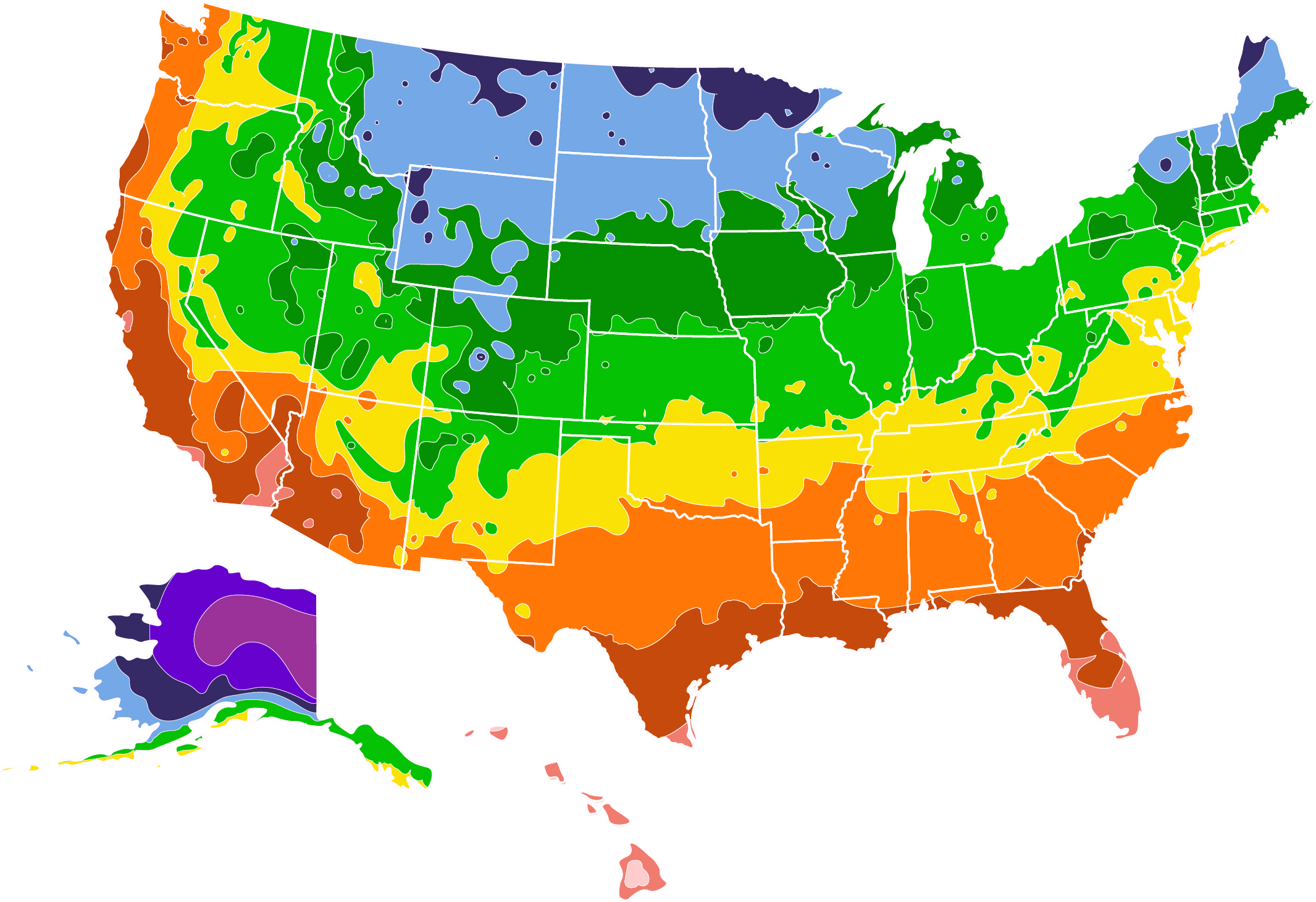- Home >
- Ornamental Plants >
- Creeping Thyme
Creeping Thyme for Sale - Buying & Growing Guide
Creeping thyme is a low-growing perennial ground cover that is easy to grow and maintain in the right conditions. Also known as “mother of thyme,” it is available in several different varieties that differ in height and width, flower color, and temperature requirements. All of the plants feature tiny oval shaped leaves that beautifully fill in spots between bricks and flagstones, trail down from stone walls, and blanket lawns and properties with colorful purple, white or red flowers when they bloom in late spring and early summer. Here are some other interesting facts about creeping thyme:
- Most varieties reach two to six inches in height and spread six to 18 inches wide.
- Their flowers appear during the late spring to early summer and last for a few weeks.
- Can withstand foot traffic and prevent weeds from sprouting.
Planting and Care
Planting instructions
Creeping thyme does best in an area that gets about four hours of sun a day. Planting should be done in late spring or early summer, after the fear of frost has passed. This will allow the roots to establish themselves through the growing season.
Creeping thyme needs soil with good drainage in order to allow the plant to flourish and spread. The first step before planting is to remove all weeds in the area and to level the ground, as any bumps and uneven areas will show on the surface of the ground cover. The soil where the creeping thyme is placed needs to be watered several times before planting to allow it to settle and the plants themselves should also be watered on the day that they will be transplanted. Placement and distance between the plants depends upon the type and use. For creeping thyme that is being used to fill the spaces between flagstones, leave four to six inches between each plant, while creeping thyme being used as ground cover should be spaced much farther apart, at a distance of approximately 12 to 18 inches.
When transplanting creeping thyme, take care not to damage its roots when you remove it from its tray or container. If the plant is root-bound, take care when teasing the roots apart. Loosen them until a few of the rootlets are free from the tangle. Dig a shallow hole for each new plant that is just deep enough to have its foliage level with the ground. Tamp down the earth around the plant, making sure that the roots contact the soil below.
After planting, the transplants and soil underneath need to be kept moist until contact and acclimation is complete. Placing mulch in the areas surrounding the plants is advised, though the mulch should not come into contact with the plant itself.
Watering and nutrients
The creeping thyme’s greatest watering need comes when it is first planted. The soil beneath them needs to be kept moist in order to encourage their roots to get established. Though the shallowness of their root system means that they can dry out easily, the plants are able to withstand dehydration once they are mature.
Creeping thyme’s need for fertilizer depends upon the quality of the soil in which it is planted. If the soil is rich and well prepared it will not need any additional nutrients, but poor soil should be supplemented with a delayed-release fertilizer.
Propagation
Creeping thyme can be propagated through either division or from stem cuttings. To divide an established plant, simply use a trowel to cut out a chunk about 4 inches deep, remove it carefully and transplant into another area with soil that has been premoistened.
Alternatively, you can take a cutting from a healthy stem of creeping thyme during its growing season. Cut as close to the base of the stem as possible and remove the leaves from the bottom third of the stem. Then dip the cutting into rooting hormone and insert it into a hole in premoistened seed starting mix in a small container. Keep the cutting and soil mix in a sunny area, checking frequently to ensure that it remains moist. Within a few weeks the plant will have begun to root, at which time it is ready to be moved outdoors for short intervals until it has hardened off. After a month of this gradual move, it is ready to be planted in its desired location.
Pruning
Creeping thyme has a low enough profile that it does not require pruning or mowing. In fact, cutting it back too frequently can inhibit growth and spread. If spent flowers are creating an unkempt appearance you can use a mower set to two or three inches high to trim the tops. If plants spread beyond their intended area or begin to encroach on other plants, they should be trimmed back in that area.
Pests, diseases, and animals
Creeping thyme is most vulnerable to root rot and botrytis rot, especially if it is planted in an area where drainage is less than optimal. Impacted areas should be removed and discarded. The plant’s scent attracts helpful insects like honey bees, but is also enticing to aphids and spider mites. These insects are best controlled with insecticidal soaps and Neem oil.
Harvesting
In addition to providing an attractive and aromatic ground cover, creeping thyme can be used to make tea, to flavor foods and to infuse oils and vinegars. The best time to harvest the plant for these uses is after the blooming season has passed, when fresh growth has emerged. Collect stems in the morning and then use them when they are fresh or dry them by bundling a few stems together and hanging them in a dry place out of direct light. Once dry they are best stored in an airtight container.
FAQs
How is creeping thyme used medicinally?
Creeping thyme is in the mint family and has been used for medicinal purposes for centuries by people all around the world. It has been burned for incense and used to treat depression, as well as to provide courage and energy. Essential oils made with thyme have strong antibacterial and antioxidant properties. They are frequently used as mouthwashes and to treat throat infections. They are also used to treat upper respiratory illnesses including whooping cough and bronchitis.










